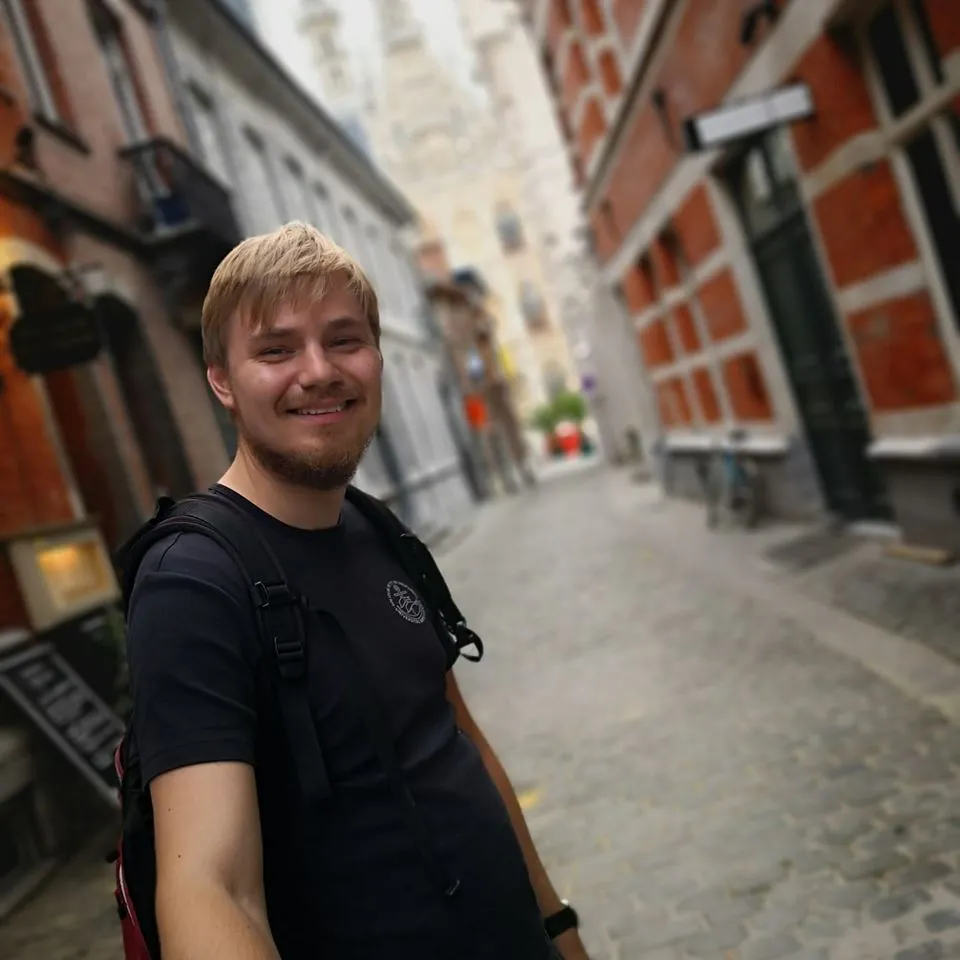
Rasmus
Puggaard-Rode
Hi! I’m Rasmus Puggaard-Rode, roughly pronounced [ˈʁɑsmus ˌpʰukːɒːˀˈʁoːɤ]. I am Associate Professor of Phonetics at the University of Oxford, based at the phonetics lab, and an Official Fellow of Kellogg College.
My work combines corpus and experimental methods to untangle the many different ways categorical differences between speech sounds (especially consonants) can be realized phonetically, and what this means for the structure of language. This work involves working with both well-described Nordic languages and under-resourced languages of south-east Asia and Australia. I also work on developing general-purpose tools and pipelines for processing, analyzing, and visualizing speech data.
I hold a PhD in phonology and phonetics from Leiden University. My dissertation deals the class of consonant sounds in Danish known as stops: how they are phonetically realized, how they are structured in the grammar of the language, and how they vary among speakers of different dialects. Before coming to Oxford, I was a postdoc in the Spoken Language Processing group at the Institute for Phonetics and Speech Processing, Ludwig Maximilian University.
News
I have received a small research grant from the John Fell Oxford University Press Fund to investigate Danish /d/-vocalization in real and apparent time using the LANCHART corpus. This project will run over the next few years.
Katie Jepson, John Mansfield and I organized a successful special session on the stylized sustained prosody pattern found in the narrative register of many native Australian languages at this year’s Australian Linguistic Society meeting. I couldn’t go, but got to attend remotely from the home office. Thanks to everyone who contributed!
I was recently in Copenhagen for a symposium celebrating the 50th anniversary of Eli Fischer-Jørgensen’s classic monograph Trends in Phonological Theory, where I gave an invited talk (in Danish) on what regional variation in Danish stop gradation can tell us about the relationship between phonetics and phonology. Slides are available here.
The proceedings from the third International Conference on Tone and Intonation have been published. Nicolai Pharao and I have a paper in this volume on what appears to be a specialized pitch accent used by some speakers of Danish for contrastive emphasis. You can read the paper here.
I have moved to Oxford where I have taken up the post of Associate Professor of Phonetics, joining the vibrant Faculty of Linguistics, Philology, and Phonetics and the Phonetics Lab. My first task here is to assist in moving the lab from its previous location on Wellington Sq to the new Schwarzman Centre for the Humanities.